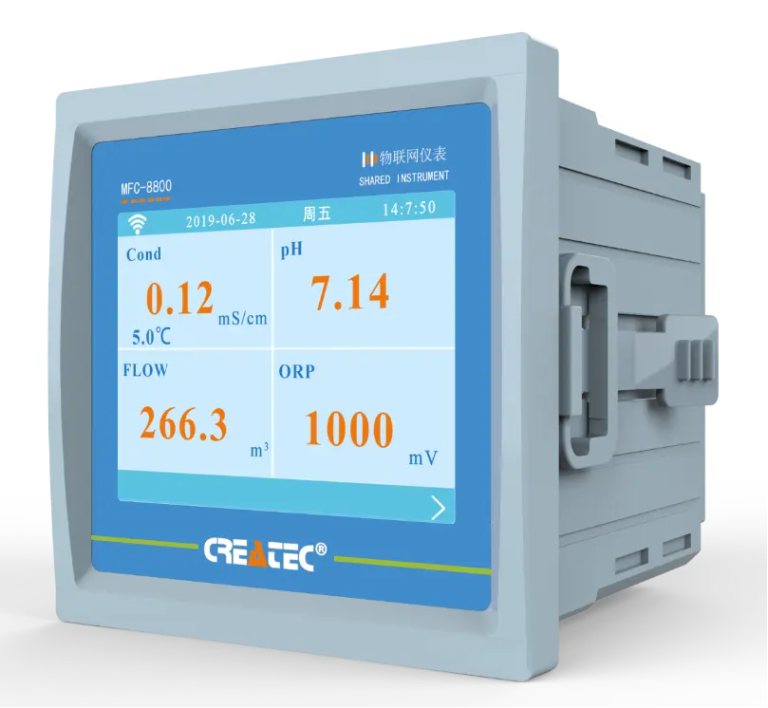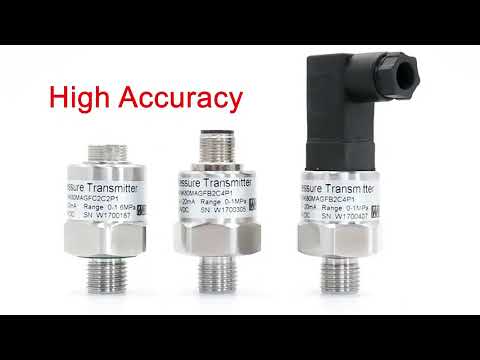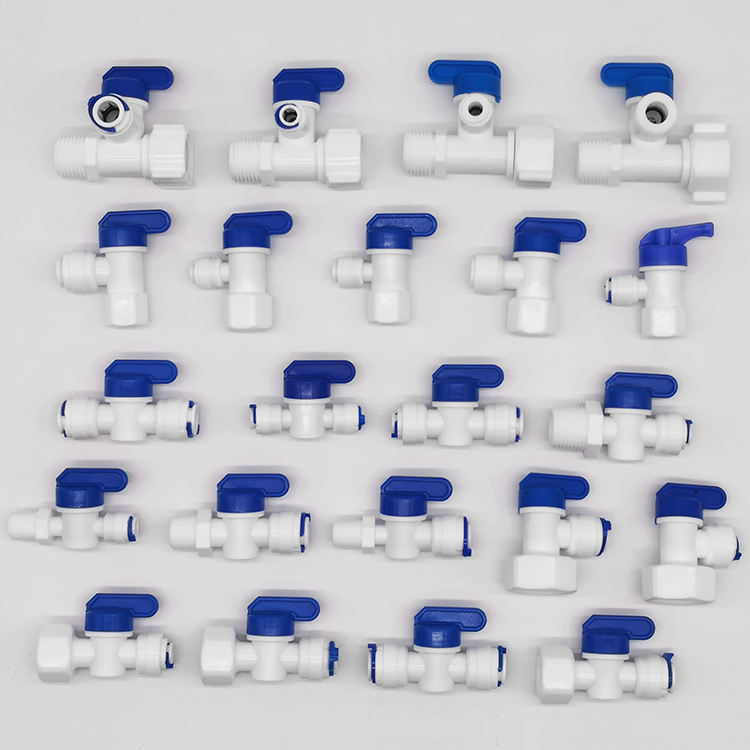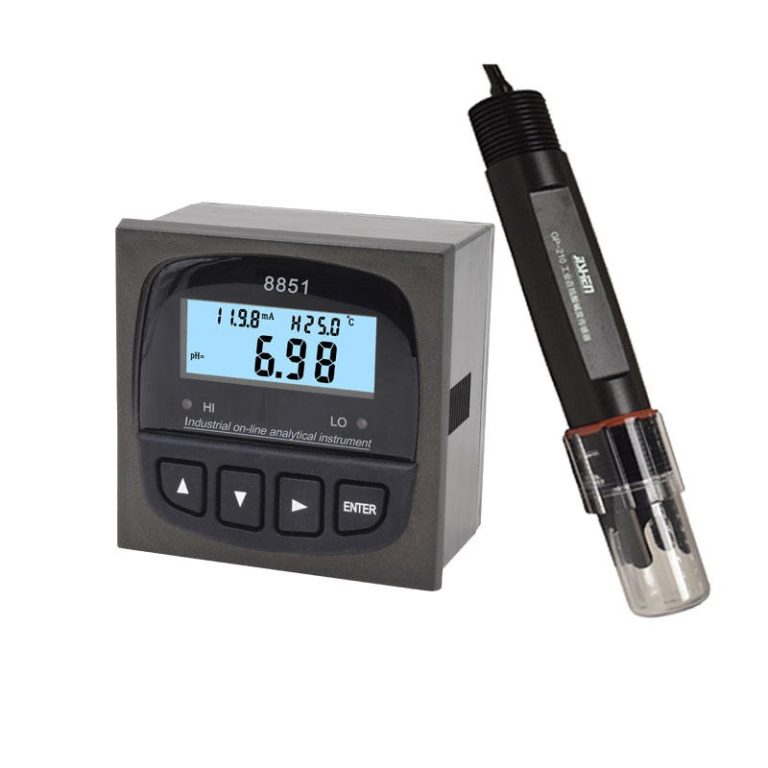Table of Contents
How Turbidity Sensors Work Inside
Turbidity sensors are essential tools used in various industries to measure the clarity of liquids by detecting the amount of suspended particles present in the liquid. These sensors play a crucial role in ensuring the quality of water in drinking water treatment plants, wastewater treatment facilities, and industrial processes. Understanding how turbidity sensors work inside can provide valuable insights into their functionality and importance in maintaining water quality standards.
At the heart of a turbidity sensor is a light source, typically an LED, that emits light into the liquid being measured. The light travels through the liquid and interacts with the suspended particles present in the liquid. These particles scatter the light in different directions, depending on their size, shape, and refractive index. The scattered light is then detected by a photodetector, which measures the intensity of the scattered light. The amount of scattered light detected by the photodetector is directly proportional to the turbidity of the liquid, with higher turbidity levels resulting in more scattered light.
| Model | TUR-6101 Laser Turbidity Data Acquistion Terminal |
| Range | 0-10/100/4000NTU or as required |
| Display | LCD |
| Unit | NTU |
| DPI | 0.01 |
| Accuracy | ±5% FS |
| Repeatability | ±1% |
| Power | ≤3W |
| Power Supply | AC 85V-265V±10% 50/60Hz or |
| DC 9~36V/0.5A | |
| Working Environment | Ambient temperature:0~50℃; |
| Relative humidity≤85% | |
| Dimensions | 160*80*135mm(Hanging) or 96*96mm(Embeded) |
| Communication | 4~20mA and RS-485 communication (Modbus RTU) |
| Switched output | Three-way relay,capacity 250VAC/5A |
The turbidity sensor‘s ability to measure the amount of scattered light accurately is crucial for obtaining reliable turbidity readings. To achieve this, turbidity sensors are designed with precision optics that focus the light beam onto the photodetector and minimize interference from ambient light sources. Additionally, the sensor’s housing is often made from materials that are resistant to corrosion and fouling, ensuring long-term stability and accuracy in turbidity measurements.
One of the key components inside a turbidity sensor is the photodetector, which converts the scattered light into an electrical signal that can be processed and displayed as a turbidity reading. Photodetectors used in turbidity sensors are typically photodiodes or phototransistors, which are sensitive to light and can accurately measure the intensity of scattered light. These photodetectors are often paired with amplifiers and filters to enhance the signal-to-noise ratio and improve the sensor’s sensitivity and accuracy.
Another important component inside a turbidity sensor is the signal processing circuitry, which processes the electrical signal from the photodetector and converts it into a turbidity reading. This circuitry may include analog-to-digital converters, microcontrollers, and display units that provide real-time feedback on the turbidity levels of the liquid being measured. The signal processing circuitry is crucial for ensuring that the turbidity sensor provides accurate and reliable measurements under varying conditions.
In addition to the internal components mentioned above, turbidity sensors may also include features such as temperature compensation, self-cleaning mechanisms, and calibration routines to enhance their performance and reliability. Temperature compensation ensures that the sensor’s readings are not affected by changes in temperature, while self-cleaning mechanisms help prevent fouling and contamination of the sensor’s optics. Calibration routines allow users to calibrate the sensor periodically to maintain its accuracy and reliability over time.
In conclusion, understanding how turbidity sensors work inside can provide valuable insights into their design, functionality, and importance in maintaining water quality standards. By utilizing precision optics, sensitive photodetectors, and advanced signal processing circuitry, turbidity sensors can accurately measure the clarity of liquids and ensure that water treatment processes meet regulatory requirements. With their ability to provide real-time feedback on turbidity levels, turbidity sensors play a crucial role in ensuring the safety and quality of water in various industries.
Maintenance Tips for Turbidity Sensors
Turbidity sensors are essential instruments used in various industries to measure the clarity of liquids by detecting the presence of suspended particles. These sensors play a crucial role in ensuring the quality and safety of water in drinking water treatment plants, wastewater treatment facilities, and industrial processes. To maintain the accuracy and reliability of turbidity sensors, it is important to understand their internal components and how they function.
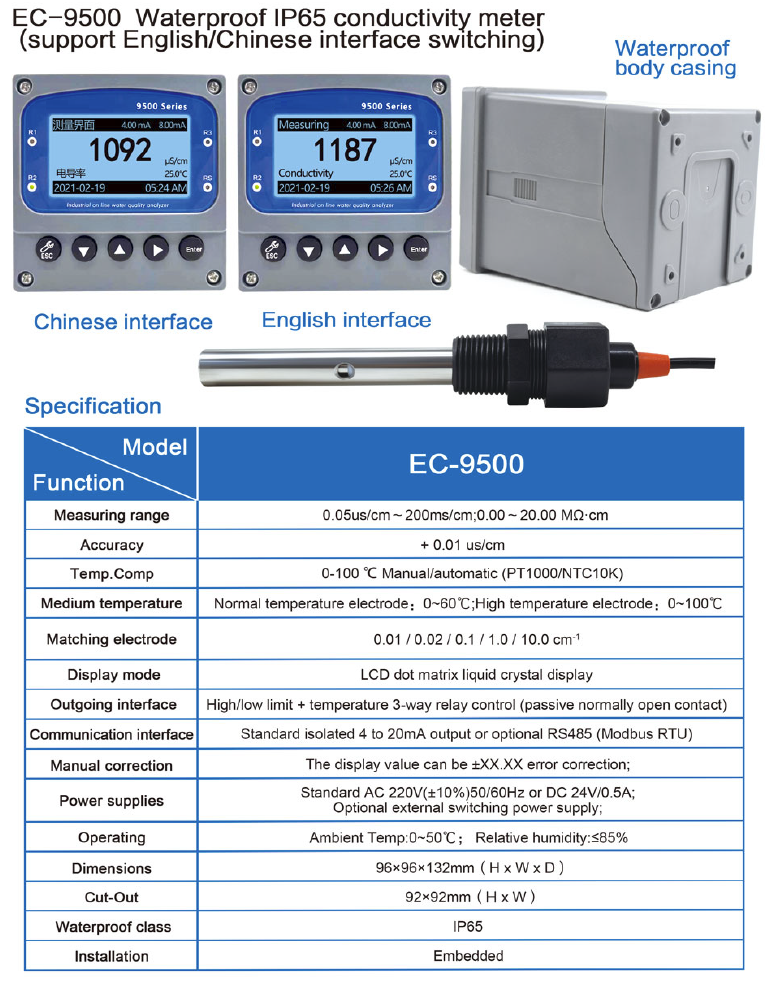
The inside of a turbidity sensor consists of several key components that work together to measure the turbidity of a liquid sample. The heart of the sensor is the light source, typically an LED (light-emitting diode), which emits a beam of light into the liquid sample. The light then interacts with the suspended particles in the sample, scattering in different directions depending on the size and concentration of the particles.
Adjacent to the light source is the photodetector, which is responsible for detecting the scattered light. The photodetector converts the light signal into an electrical signal, which is then processed by the sensor’s electronics to determine the turbidity of the sample. The sensor’s electronics also control the intensity of the light source and adjust it based on the turbidity level of the sample to ensure accurate measurements.

To protect the internal components of the turbidity sensor and maintain its performance, it is important to follow proper maintenance procedures. One of the most critical maintenance tasks is cleaning the sensor regularly to remove any buildup of particles or debris that could interfere with its operation. This can be done by gently wiping the sensor with a clean, soft cloth or using a mild detergent solution to dissolve any stubborn deposits.
In addition to cleaning, it is essential to calibrate the turbidity sensor periodically to ensure accurate measurements. Calibration involves comparing the sensor’s readings to a known standard and adjusting the sensor’s settings if necessary. This can be done using a calibration kit provided by the sensor manufacturer or by following the calibration procedures outlined in the sensor’s user manual.
Another important maintenance tip for turbidity sensors is to check for any signs of wear or damage to the sensor’s components. This includes inspecting the light source, photodetector, and electronics for any visible defects or malfunctions. If any issues are detected, it is important to contact the sensor manufacturer or a qualified technician for repairs or replacement.
Proper storage of turbidity sensors is also crucial to prevent damage and ensure their longevity. Sensors should be stored in a clean, dry environment away from direct sunlight and extreme temperatures. It is also recommended to store sensors in their original packaging or a protective case to prevent dust or moisture from entering the sensor.
| Model | POP-8300 free chlorine online analyzer |
| Measurement range | (0.00-2.00)mg/L(ppm) (0.00-20.00)mg/L(ppm) |
| Accuracy | Indication error 10% |
| Resolution | 0.01mg/L(ppm) |
| Communication interface | RS485 MODBUS RTU communication protocol |
| Analog output | Double channel (4-20)mA output; Isolated, reversible, completely adjustable, instrument/transmitter dual mode; ±0.1mA transmission accuracy |
| Control output | Double channels, Load capacity 50mA(Max),AC/DC 30V |
| Power supply | Connected to electric supply AC80-260V;50/60Hz, compatible with all international market power standards(110V;220V;260V;50/60Hz). |
| Working environment | Temperature:(5-50)℃;relative humidity:≤85% RH(non-condensation) |
| Power Consumption | <20W |
| Storage environment | Temperature:(-20-70)℃;relative humidity:≤85%RH(non-condensation) |
| Installation | Wall mounted (with the preset back cover) |
| Cabinet weight | ≤10kg |
| Cabinet dimension | 570*mm*380mm*130mm(H×W×D) |
By following these maintenance tips and understanding the internal components of turbidity sensors, users can ensure the accuracy and reliability of their measurements. Regular cleaning, calibration, inspection, and proper storage are essential to prolong the life of turbidity sensors and maintain their performance in various applications. Investing time and effort in maintaining turbidity sensors will ultimately lead to more accurate and reliable measurements, ensuring the quality and safety of liquids in industrial processes and water treatment facilities.

